Did you know? 10 Amazing things about salmon
It’s Canada Water Week and we’re celebrating our Water Heroes and our Water Hero Species. Time to test your knowledge about one of Canada’s iconic fish: the salmon.
1. Like WWF-Canada, salmon love both salt water and freshwater
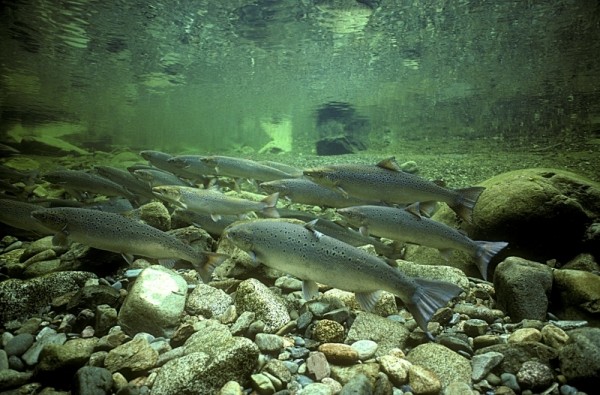
Salmon are considered “anadromous” which means they live in both fresh and salt water. They are born in freshwater where they spend a few months to a few years (depending on the species) before moving out to the ocean. When it’s time to spawn, they head back to freshwater. Very few other fish can survive in such wide ranges of salinity, and would die if they moved between salt and fresh water the way that salmon do. That’s because when saltwater fish are exposed to freshwater, it can cause their cells to burst. And when freshwater fish are exposed to salt water, it can cause their cells to shrivel, due to a process known as osmoregulation. Luckily salmon have some pretty amazing physiological and behavioral adaptations that allow them to survive in both environments.
2. After living for many years at sea, salmon travel a long distance home to return to the river in which they were born to spawn.
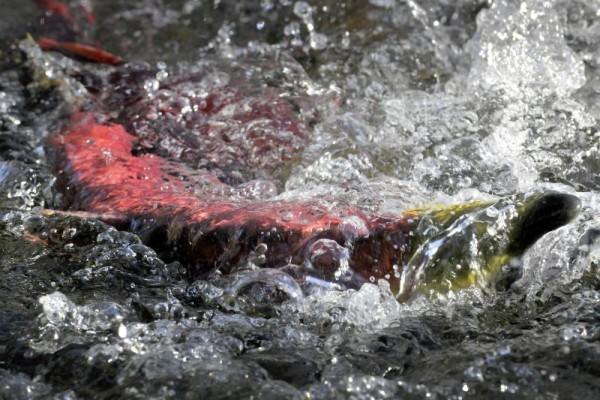
© Andrew S. Wright / WWF-Canada
There are many theories about how they are able to do this. Some state that salmon use the Earth’s magnetic field to guide them, while others say they use their strong sense of smell to guide them home. Habitat changes and losses can affect the salmon’s ability to return to their native spawning river, posing a threat to the survival of future salmon generations.
3. Salmon have a really strong sense of smell
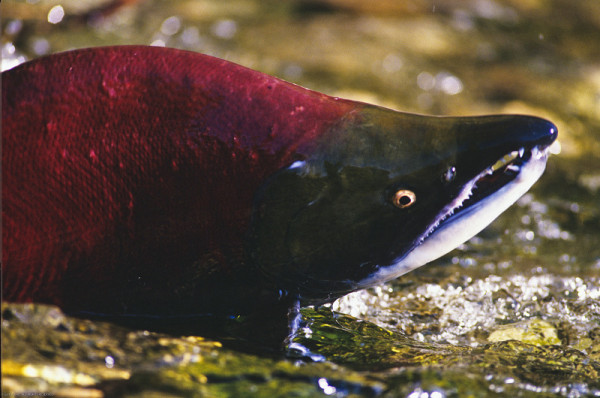
Atlantic salmon can smell one drop of scent in an area the equivalent of ten Olympic size pools!
4. Salmon change colour!
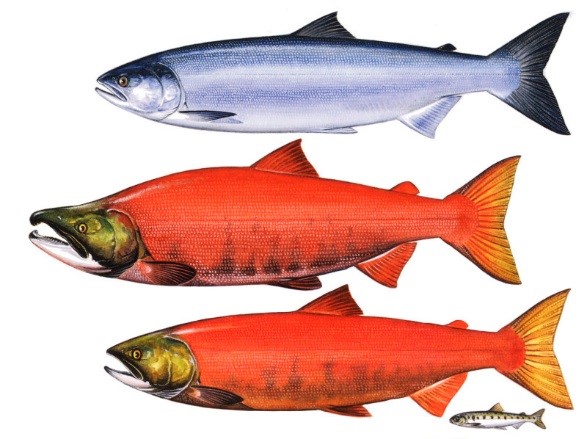
Salmon can be three different colours over the course of their life. For example, check out the picture above: juvenile sockeye salmon are light coloured and spotted, and during their adult years in the ocean, they are silvery blue. When it’s time to spawn, the adult bodies turn a brilliant red and their heads turn green.
5. Six different species of salmon live in Canada
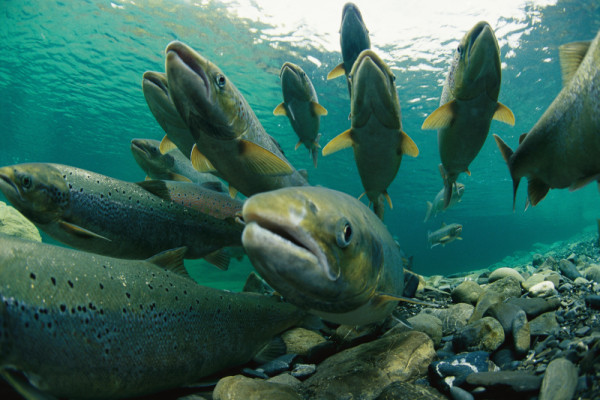
Seven if you count the Steelhead, which scientists have recently discovered is more closely related to salmon than it is to trout, as previously believed. The other species are: Atlantic salmon, Chinook salmon, Chum salmon, Coho salmon, Pink salmon, and Sockeye salmon.
6. Salmon are considered keystone species
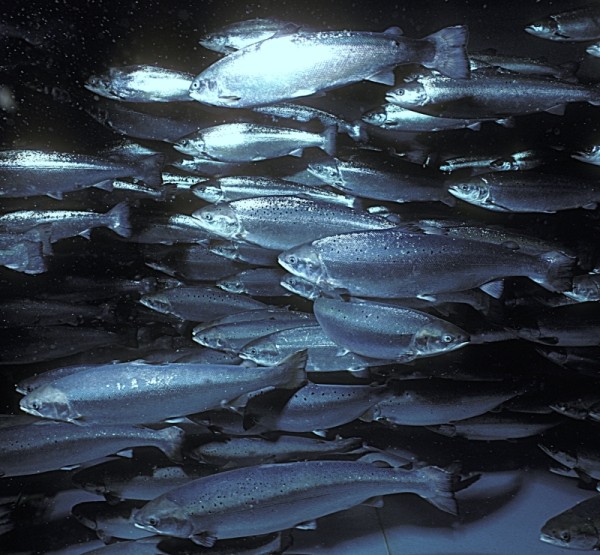
This means they have a disproportionately large impact on their ecosystem relative to how many of them there are. If a keystone species were to disappear, their ecosystems would change significantly. Rotting salmon carcasses transfer valuable nutrients from the ocean to the land. Scientists have traced nutrients from salmon bodies and found them in mosses, herbs, shrubs, trees, insects, song birds, bears and wolves!
7. Salmon have huge cultural significance
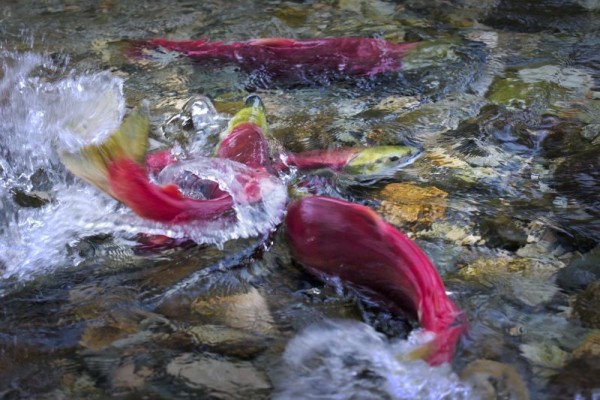
For example, in the Pacific Northwest, salmon have been a significant part of the First Nation economies, religions, and cultures of the region for millennia. Historically and today, salmon have been a primary food source for Columbia River Basin First Nations, and are a significant part of their cultural and spiritual identity.
8. Salmon are facing a lot of threats
Salmon populations in Canada are threatened by parasites, disease, overfishing, climate change, and habitat loss. WWF-Canada is working in some key salmon habitats to try and reduce threats to these iconic and important species.
9. Salmon are a part of our Canadian heritage
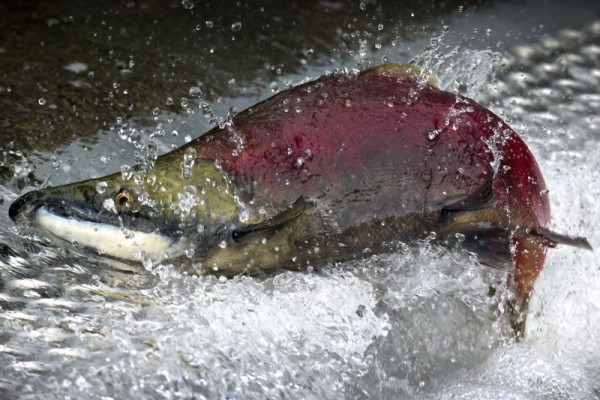
Anyone who travels knows that Canadians are known for our smoked salmon. Pacific salmon were critical to the early development of British Columbia’s economy. The commercial and recreational fisheries continue to play a role in coastal communities. It’s no wonder salmon are the official provincial fish of British Columbia!
10. Salmon are named after their runs
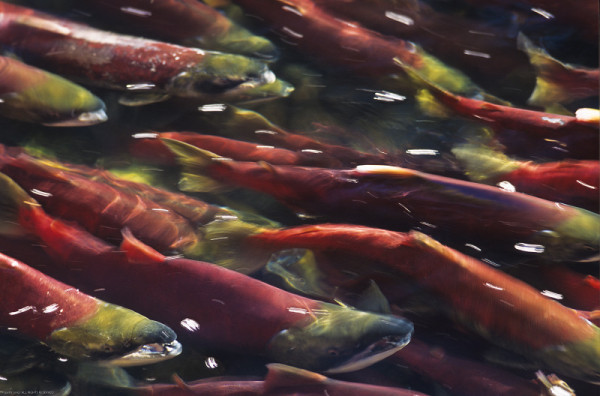
© Garth Lenz / WWF-Canada
Many believe that the word “salmon” comes from the Latin word salmo or salire, which means “to leap”. If you’ve ever seen salmon battling rapids and strong currents as they head upriver to spawn, then you know they are aptly named.
During Canada Water Week, show your support for our rivers, lakes and streams. Join the hundreds of Canadians working across the country to protect water health. You, too, can become a Water Hero by making a donation to our Loblaw Water Fund projects.


